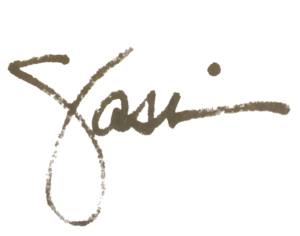Welcome to the ninety-fourth issue of CEE News!
.
 I’ve had the privilege of coaching both seasoned and emerging leaders alike over the past ten years. Typically, these sessions are scheduled for 90 minutes each every three weeks and can last from three months to three years. In a recent session with a client that I’ve been working with since last summer, we had a lively back-and-forth as he shared his newest ideas for leading his team.
I’ve had the privilege of coaching both seasoned and emerging leaders alike over the past ten years. Typically, these sessions are scheduled for 90 minutes each every three weeks and can last from three months to three years. In a recent session with a client that I’ve been working with since last summer, we had a lively back-and-forth as he shared his newest ideas for leading his team.
As we wrapped our meeting, I asked, “Have you noticed that the more confidence you’re gaining in yourself as a leader, the more pushback I’m giving you?” He smiled and nodded. “The stronger you grow,” I continued, “the more reluctant people will be to challenge you. Over time, you’ll start to believe that you’re the smartest person in the room. One of the tools that I’ll leave you with when we complete our work together is how to strengthen yourself as a leader by building resistance into your management style.”
 In 2018, I wrote a post called This Is Your Brain On Power. It was based on the fascinating research by UC Berkeley Professor Dacher Keltner who found that when you get even a little bit of power, your brain gets a hit of dopamine – a neurotransmitter that is part of the brain’s reward system. The paradox, Keltner found, is that an unfortunate side effect of dopamine is that it suppresses your ability to recognize different points of view.
In 2018, I wrote a post called This Is Your Brain On Power. It was based on the fascinating research by UC Berkeley Professor Dacher Keltner who found that when you get even a little bit of power, your brain gets a hit of dopamine – a neurotransmitter that is part of the brain’s reward system. The paradox, Keltner found, is that an unfortunate side effect of dopamine is that it suppresses your ability to recognize different points of view.
As a leader, you’re constantly facing a triple threat to your ability to be effective. First, your self-confidence can morph into over-confidence. Second, people naturally defer to you as the person in the room with the most power. And, third, the more dopamine your brain feeds on, the less you will be able to relate to those around you. You may be effective in the short run. But, over time, you’ll miss out on getting critical information, input, and feedback from your team.
The earlier in your leadership journey that you can welcome resistance, the more effective you’ll be over time. You don’t have to hire an executive coach to start building resistance training into your management style. You can start by building simple self-disruptive habits. The next time you’re meeting with your team, limit the amount of air space you take up and give others the space to question your assumptions and offer alternative perspectives. You can close the meeting by giving a two-sentence recap, then asking, “What did I miss?”
Small practices like these signal to others that you understand that your real flex is your ability to use your power to unleash their highest collective capacity.
Sheri Nasim | President & CEO

–

